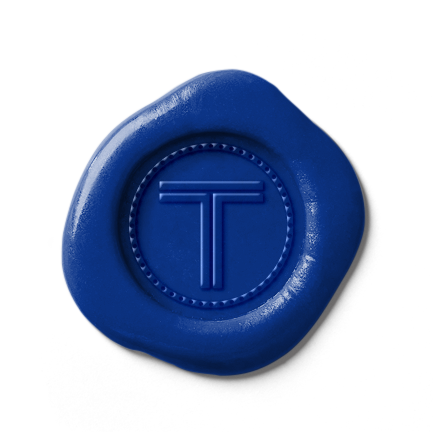A Born Winemaker Comes into his Own
Quentin Harel’s vineyard in France, photo credit Gail Skoff via Kermit Lynch Wine Merchants
A Vintage of Extremes Invites a Delicate Touch
Quentin Harel is Drawing the Outlines of Beaujolais’ future
We hope this note finds you curled up with a great novel, about to take a long-simmering stew off the stove, or putting on your favorite orange sweater because Fall has arrived!
In this time of harvest and abundance, we wish you all days full of laughter, welcomed company, and of course, excellent wine. Speaking of, we have the perfect collection of fall sippers to pair with the spirit of the season: the singular Beaujolais of Quentin Harel.
Quentin’s style of winemaking is unmistakable, with bright, abundant fruit, a rich vein of minerality, and clear restraint for the sake of elegance. The name Harel has long meant something in Beaujolais, and although there is ebullient youth and joy in all of his wines, there is a centuries-long heritage that shows itself in the respect Quentin shows for the land, and the true terroir in every drop of juice he touches.
Join us, as we toast to a new voice on the exciting slopes of Beaujolais.
Grower Quentin Harel stands proudly in front of his organic vines
What’s in a Name?
Of course, wine is much more about what is actually in the bottle or the glass, than what is printed on a label. Enjoyment and pleasure will always be primary. But, a discerning consumer of wine knows that a label reveals much if you know what to look for - a tiny ‘RM’ printed on a bottle of Champagne means the grape grower made the wine, a designate of a “Premier” or “Grand” Cru should spell quality on a fine Burgundy or Bordeaux, caveat emptor need not apply.
Beaujolais, though, is a bit of a frontier, and there are secret parcels that yield exceptional wine - Quentin, and an entire history of Harels have planted grapes in these parcels, and the results are staggering. Although there is more seriousness and structure in his Morgon, we’re still deciding on a favorite between the Beaujolais-Villages, the Beaujolais, and this Cru wine. It’s a testament not only to the occasional irrelevance of labels, but to the talent of this young winemaker.
The Vigneron
You may have seen this word, “Vigneron” on the label of one of our wines, you may have read it in one of these emails, or it may have slipped off the tongue of the proprietor of a Parisien bistro the last time you found yourself in the City of Lights, but what does it mean, exactly? Well, the definition, unlike many French words, is quite simple. A vigneron makes wines with the grapes they themself grow. There are many growers of wine grapes, and many many winemakers, but there are truly only a handful of vignerons.
Quentin Harel is a true vigneron, tending to fewer than eight hectares of vines divided within a few parts of Beaujolais - he is wedded in many ways to the vines. In the months leading to harvest, he is doing all that he has permitted himself to do to keep the vines healthy, and once harvest happens, he becomes subterranean. The cellar, and all of its randomness and chance, are his life again. For a grower and a winemaker, going natural removes the safety net from beneath not only a livelihood, but the work of a life, and we are struck with admiration for those that are courageous enough to go for it. In the case of a man like Harel, we are in awe. His wines are direct, and lovely, seeming to come straight from some secret well in the earth, but the reality is, of course, more magical than that.
DFW family members cheers to Beujolais!



